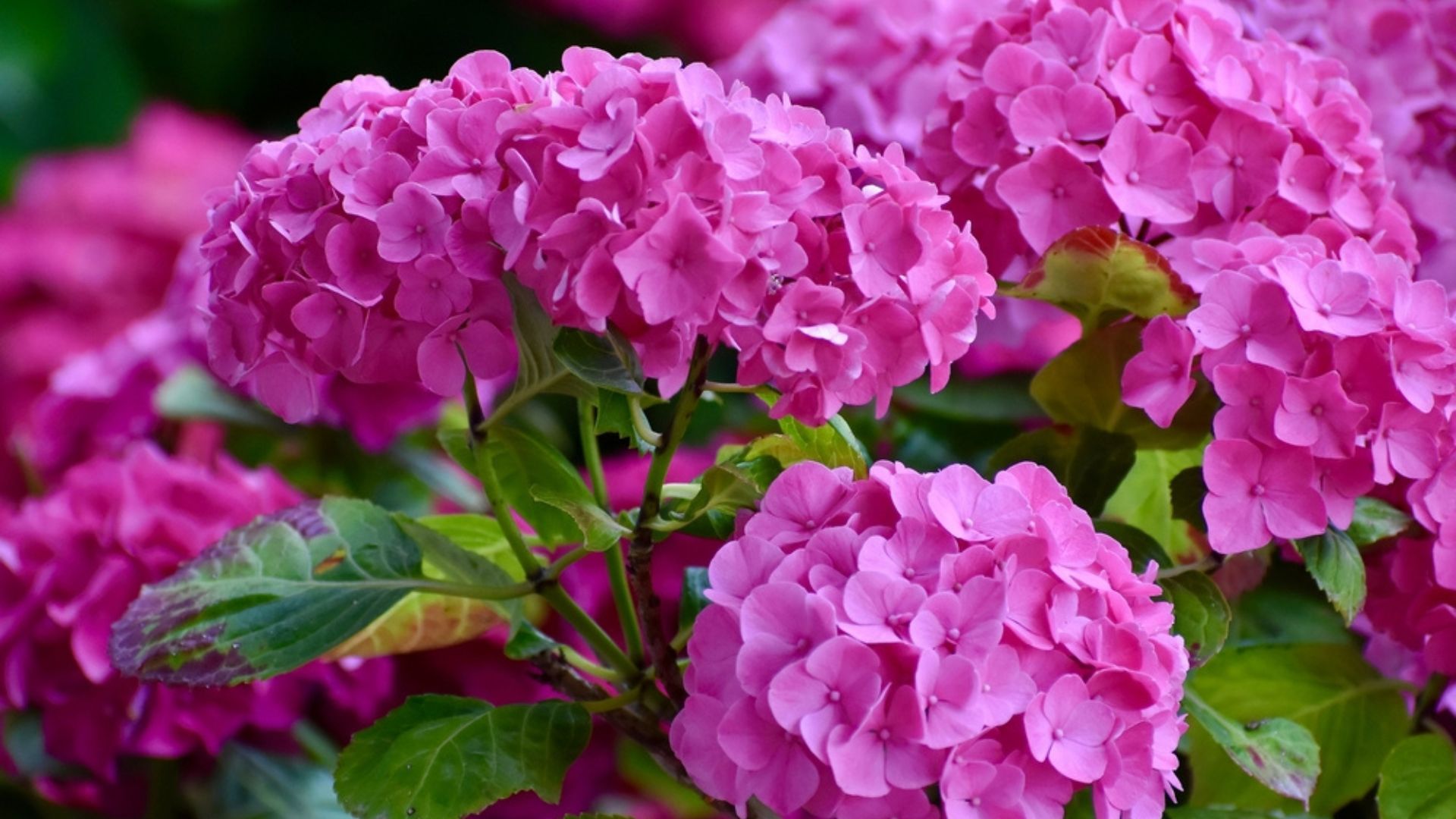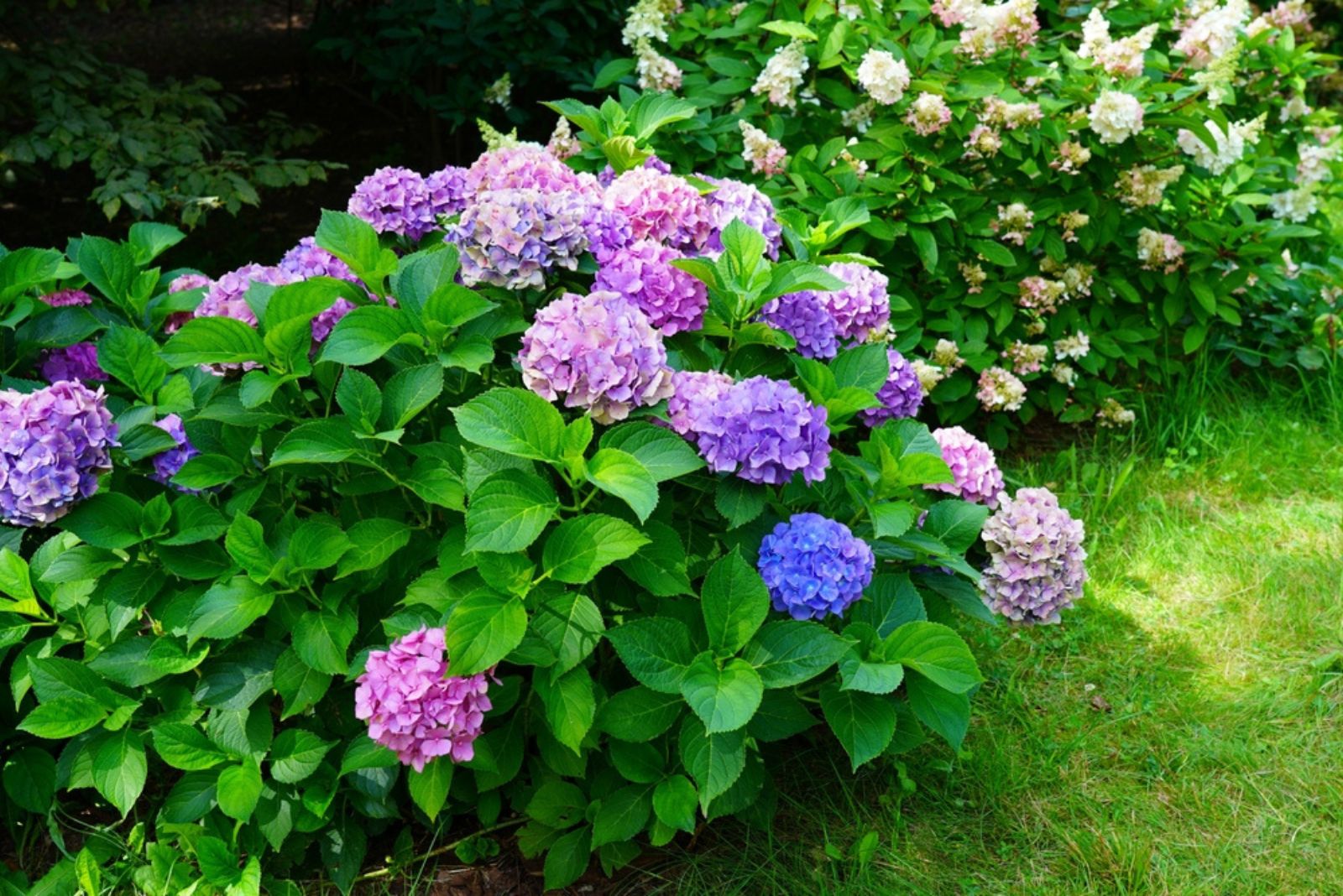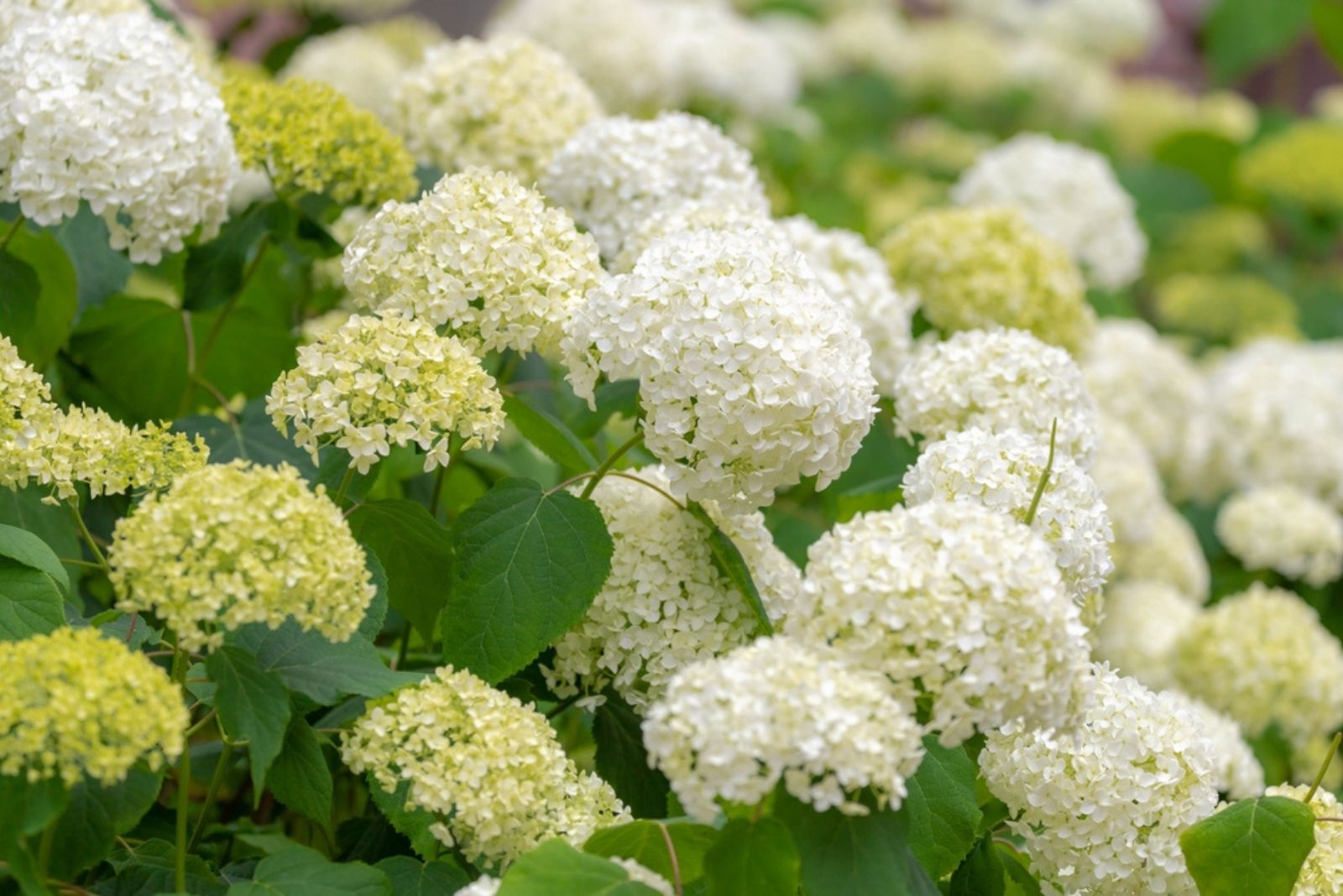Mophead hydrangeas are those big, fluffy flowers that make every garden look dreamy!
Hydrangeas are pretty easygoing and don’t need much fuss. However, timing is key when it comes to pruning!
A few years back, I made the mistake of cutting mine too early… and yep, no blooms the following season. Oops!
Luckily, these hydrangeas are super easy going and don’t need much pruning at all. A light trim is enough to keep those gorgeous blooms coming year after year (as long as you wait for the right moment to prune them).
So, when should you actually trim your Mophead hydrangeas?
It’s Best To Do It In Late Winter Or Early Spring
Pruning hydrangeas can be a little tricky!
With mophead hydrangeas, most of the blooms come from old wood, which means that the buds formed the year before. Some hydrangea varieties bloom on new growth too.
The best time to prune your Mophead hydrangea is late winter to early spring, just before the new growth starts.
A light trim then will shape the plant without cutting off any buds. Leaving last year’s dried blooms on can protect the buds from frost damage.
Whatever you do, avoid pruning in summer or fall!
Pruning during these seasons can cut off next year’s flowers or encourage new shoots that frost will damage. So, stick to pruning in late winter or early spring and enjoy your hydrangeas’ beautiful blooms afterwards!
Also read: Is It Too Late To Cut Back Hydrangeas Now Or Could Waiting Affect Next Year’s Blooms?
Clean Your Shears And Get To Pruning
I already mentioned that these beauties only need a light trim each year to keep them healthy and blooming.
Grab some clean, sharp pruning shears and start by deadheading the old flower heads. Cut right above a pair of buds, being extra careful not to cut off any new flower buds.
Sure, it can take some time to trim each stem back to the first set of leaves, but it’s definitely worth the trouble once you see their magnificent blooms.
Next, check for any dead, damaged, or crossing stems and cut them down to the base. This helps the plant “breathe” better, improving air circulation and overall health.
For older plants, cut out one or two of the oldest stems to the base. If any stems are growing in strange spots, like over a path or too close to the ground, feel free to cut them.
If your hydrangea has been neglected, you could cut it down to the base, but be ready for a flowerless year. However, you could also trim one-third of the oldest stems each year to gradually rejuvenate it without losing all your blooms.
Now that you get the pruning gist, clean your shears and get to work!



